23 Ghost Towns That Have Transformed Into Tourist Hotspots
Ghost towns often feel like frozen whispers of the past—silent relics of dreams abandoned, fortunes lost, and communities left behind. But not all of them stay forgotten. In a remarkable twist, some of these once-desolate places have come roaring back to life, transforming into vibrant destinations that blend history, mystery, and modern-day charm. What was once decay is now discovery, as travelers flock to explore streets that were once empty and buildings that now pulse with new energy. We’ve expanded our list to include 23 incredible ghost towns that have been given a second chance. From sun-scorched mining outposts turned art hubs to frontier towns reimagined as heritage escapes, each location offers a powerful story of revival. These places don’t just preserve the past—they breathe new life into it, inviting you to walk through history while witnessing what rebirth truly looks like.
1. Bodie, California: From Mining Hub to Historic Landmark
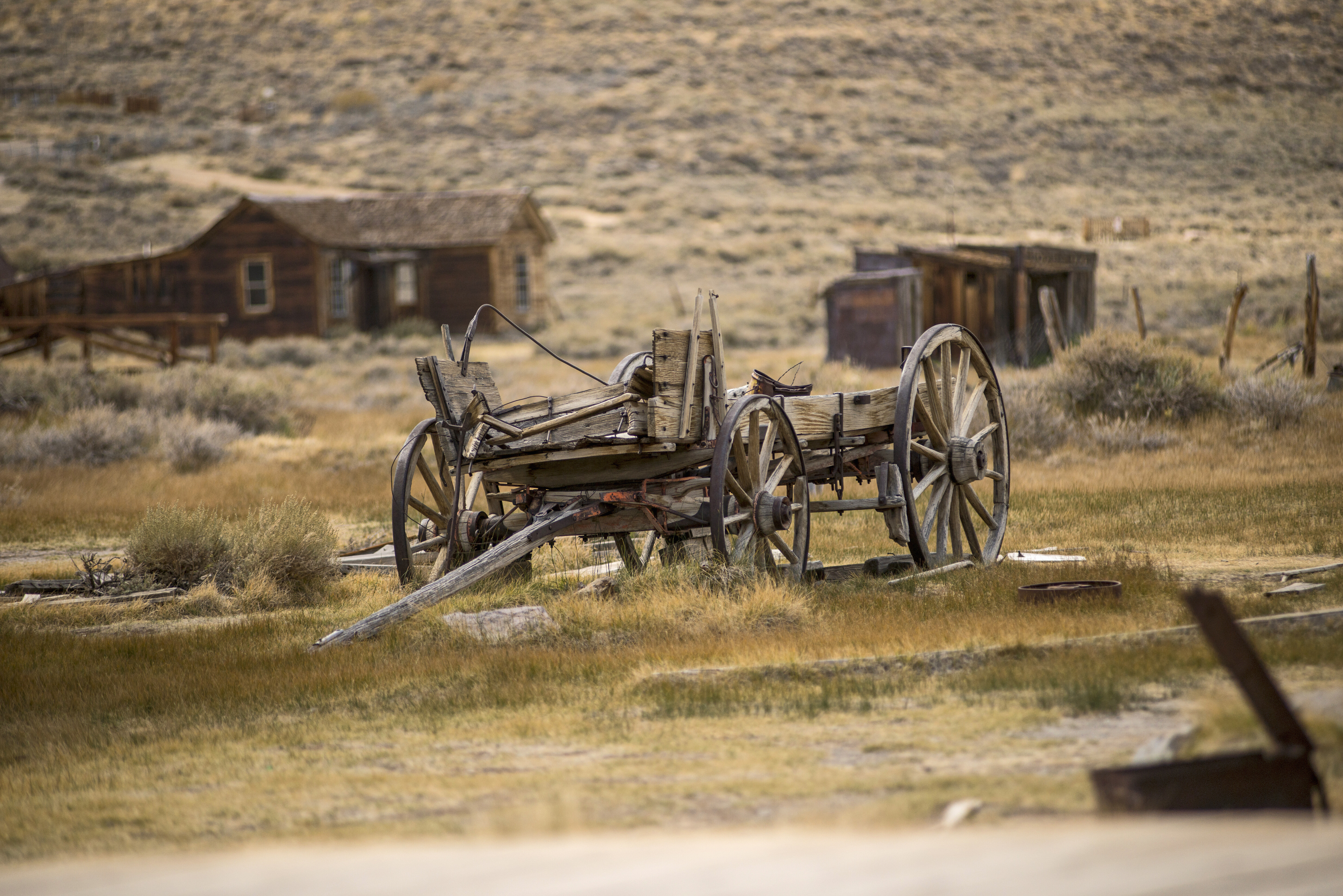
Once a bustling gold-mining town, Bodie, California, now stands as a testament to the boom-and-bust cycles of the American West. At its peak in the late 1800s, Bodie was home to thousands of prospectors and their families. However, as the gold veins dried up, so did the town's fortunes. Today, Bodie is preserved in a state of "arrested decay," offering visitors a glimpse into its storied past. This section explores how Bodie has been transformed into a state historic park, attracting tourists with its well-preserved buildings and rich history, making it a must-visit for those seeking an authentic ghost town experience.
2. Kolmanskop, Namibia: Diamonds, Sand, and Spectacle

Kolmanskop, located in the Namib Desert, was once a thriving diamond mining town. At its height, it boasted opulent homes, a hospital, and even a casino. However, as diamond supplies dwindled, the town was gradually reclaimed by the desert sands. Today, Kolmanskop is a surreal tourist attraction, where visitors can wander through sand-filled buildings and learn about its glamorous past. This section examines the unique blend of natural beauty and historical intrigue that makes Kolmanskop a popular destination, drawing photographers, historians, and adventure seekers alike to its hauntingly beautiful landscape.
3. Pripyat, Ukraine: Chernobyl's Unlikely Tourist Boom
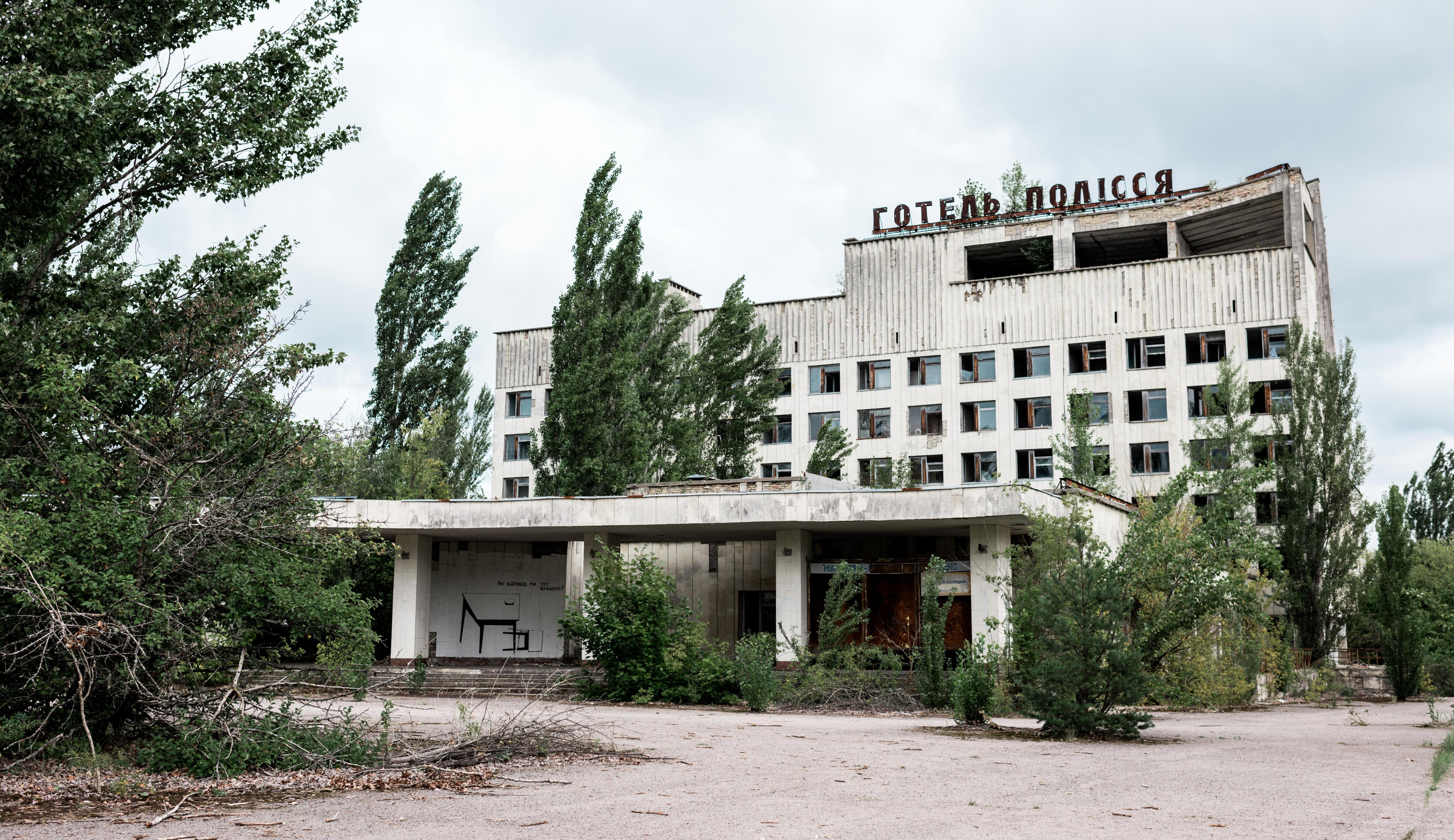
Pripyat, Ukraine, is perhaps one of the most infamous ghost towns in the world, abandoned in the wake of the Chernobyl nuclear disaster in 1986. For decades, it stood as a chilling reminder of the catastrophe. However, in recent years, Pripyat has seen an unexpected surge in tourism, with visitors eager to explore its eerie, overgrown streets and learn about the events that led to its evacuation. This section explores the ethical and safety considerations of disaster tourism, as well as the ways in which Pripyat has been reimagined as a site for education and reflection.
4. Craco, Italy: Medieval Majesty Amidst Ruins
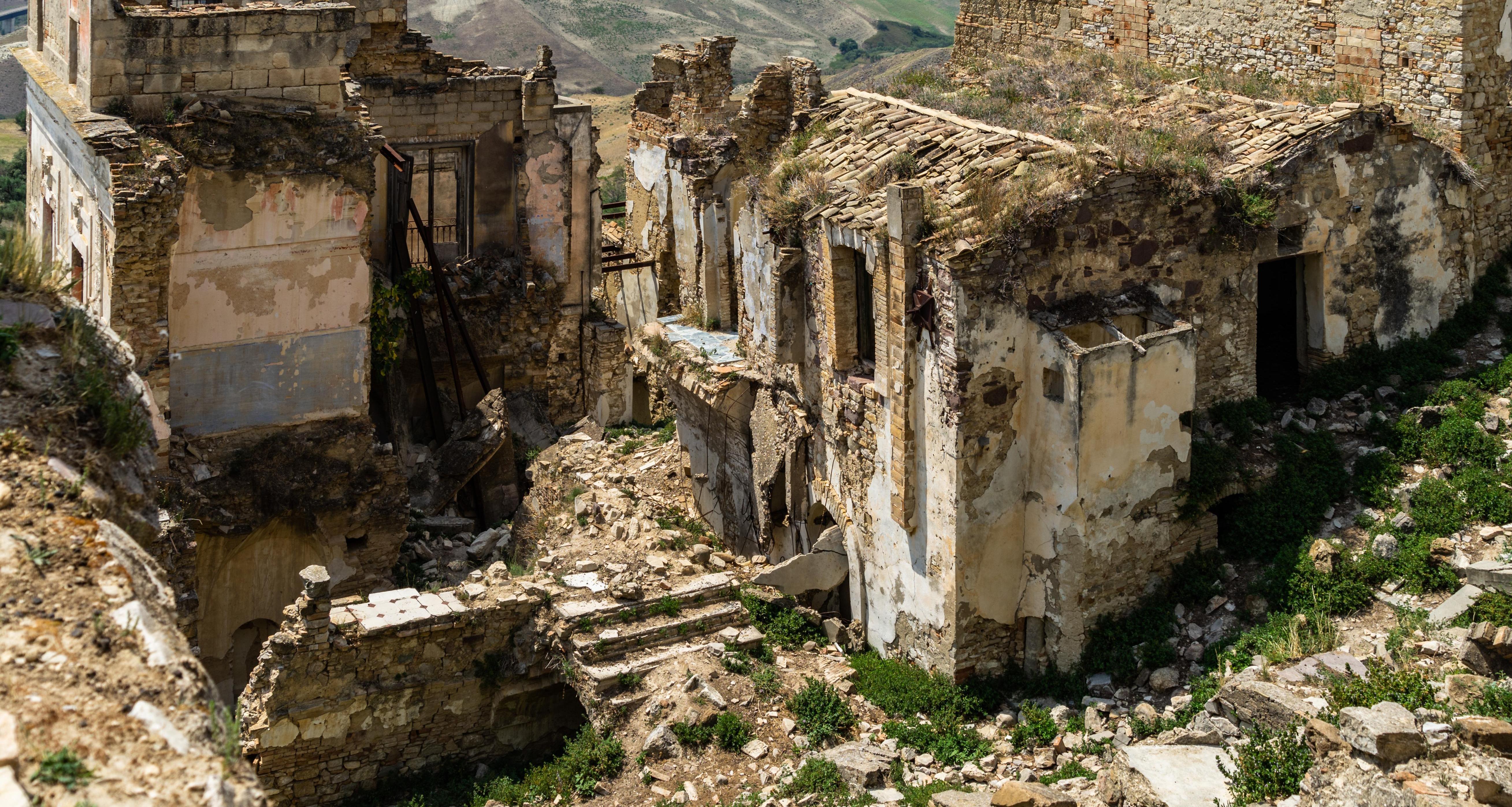
Perched atop a hill in southern Italy, Craco is a medieval town that was abandoned in the 20th century due to landslides and earthquakes. Its dramatic setting and well-preserved architecture have made it a popular location for filmmakers and tourists alike. This section delves into the history of Craco, exploring how its unique combination of beauty and decay has captured the imagination of visitors from around the world. From its ancient churches to its panoramic views, Craco offers a hauntingly beautiful experience that transports visitors back in time.
5. Hashima Island, Japan: From Coal Empire to Cultural Icon
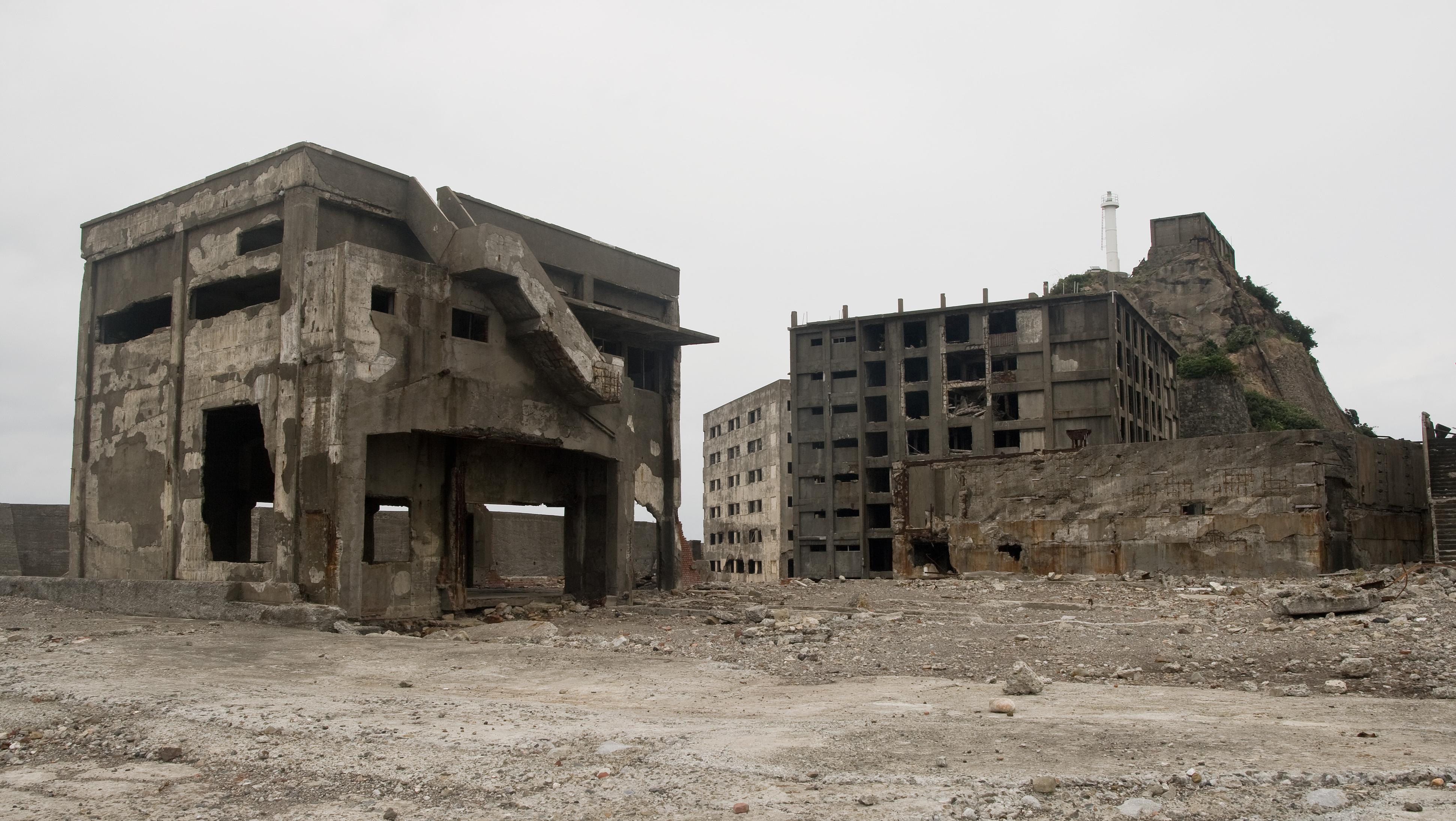
Also known as Gunkanjima or "Battleship Island," Hashima was once a thriving coal mining community off the coast of Nagasaki. At its peak, it was one of the most densely populated places on Earth. However, the decline of coal mining led to its abandonment in the 1970s. Today, Hashima is a UNESCO World Heritage site and a popular tourist destination, known for its striking silhouette and fascinating history. This section explores the island's transformation from an industrial powerhouse to a symbol of cultural heritage, examining the efforts to preserve its crumbling structures and the stories they hold.
6. Humberstone and Santa Laura, Chile: Saltpeter Dreams

In the Atacama Desert of Chile, the ghost towns of Humberstone and Santa Laura stand as relics of the once-thriving saltpeter industry. These towns were abandoned after synthetic alternatives rendered natural saltpeter obsolete. Today, they are UNESCO World Heritage sites, attracting tourists with their well-preserved industrial architecture and rich history. This section examines the rise and fall of the saltpeter industry and the role these towns played in Chile's economic development. Visitors can explore the remnants of factories, theaters, and homes, gaining insight into the lives of those who once called these towns home.
7. Centralia, Pennsylvania: A Town on Fire
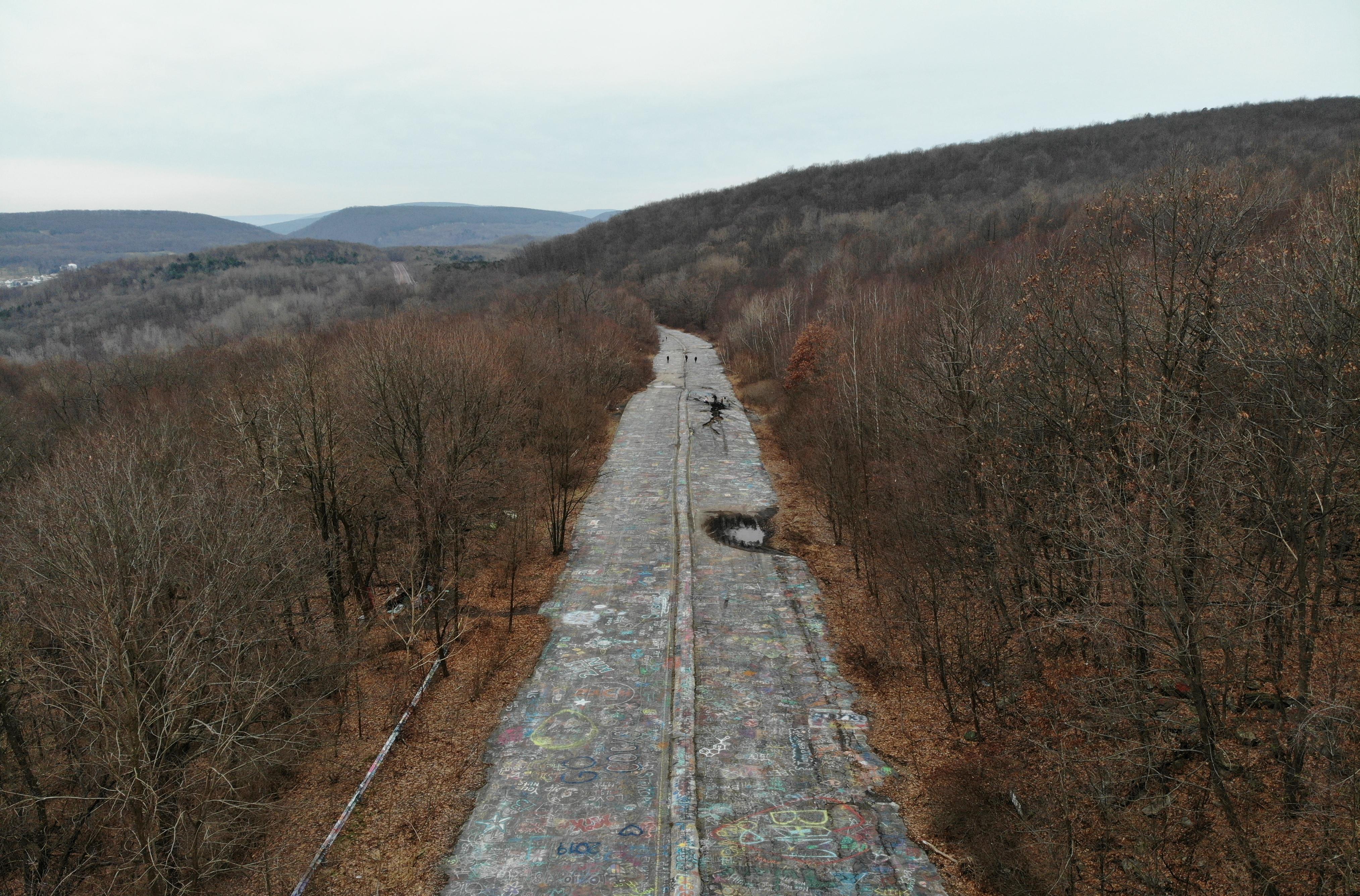
Centralia, Pennsylvania, is a ghost town with a fiery secret. An underground coal mine fire has been burning beneath the town since 1962, leading to its gradual evacuation. Today, only a handful of residents remain, and the town's eerie, smoke-filled landscape has become a tourist attraction. This section explores the history of the fire, its impact on the community, and the environmental challenges it presents. Despite its desolate appearance, Centralia draws visitors intrigued by its unique story and the haunting beauty of its abandoned streets and buildings.
8. Kayaköy, Turkey: A Village Frozen in Time
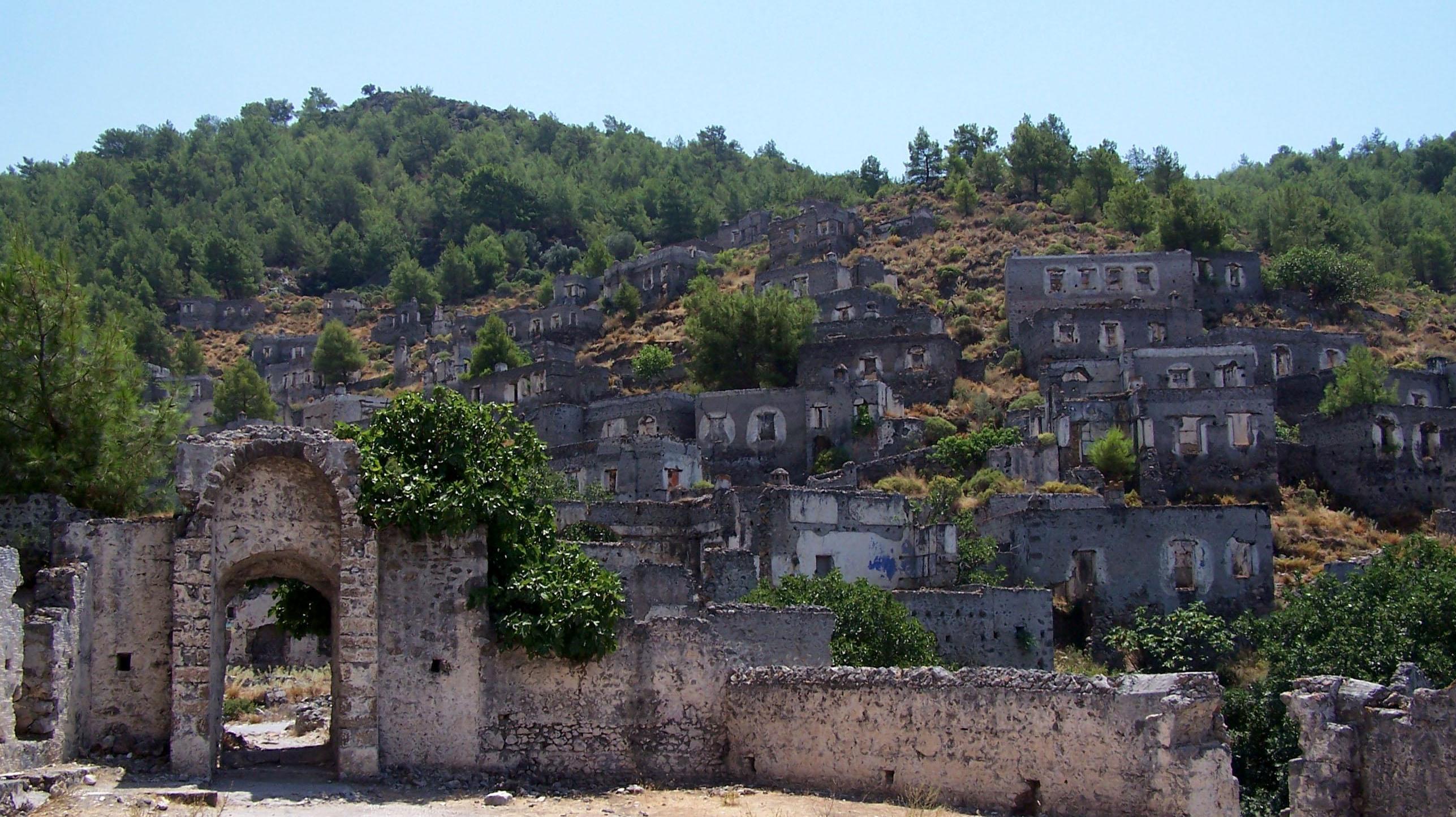
Nestled in the hills of southwestern Turkey, Kayaköy was once a bustling Greek village. However, following the population exchange between Greece and Turkey in 1923, it was left deserted. Today, Kayaköy is a popular tourist destination, known for its well-preserved stone houses and churches. This section explores the history of Kayaköy, examining the cultural and historical significance of the village and the efforts to preserve its unique architecture. Visitors can wander through its quiet streets, reflecting on the complex history of this once-thriving community.
9. Bannack, Montana: Gold Rush Glory
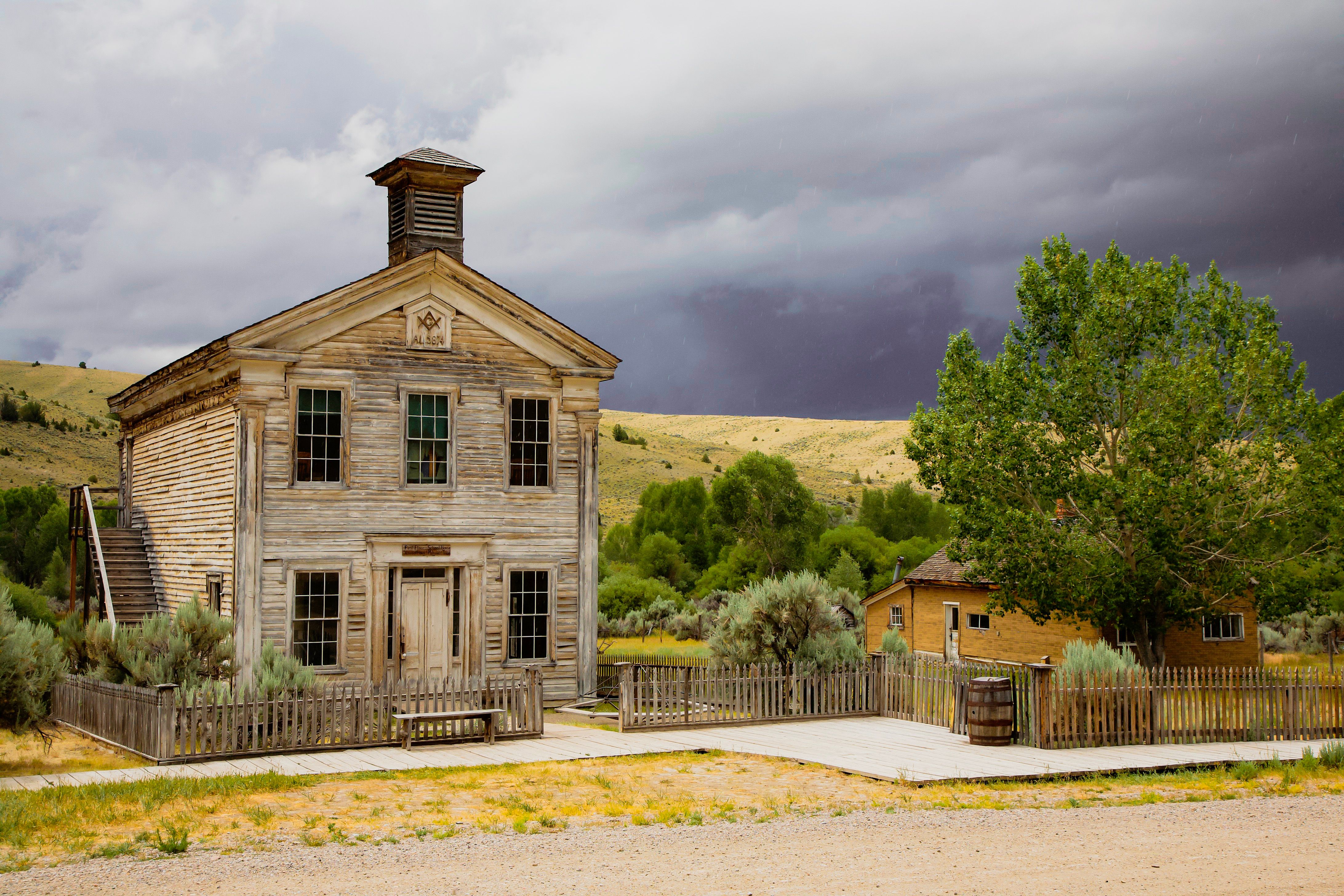
Bannack, Montana, was founded during the gold rush of the 1860s and quickly grew into a bustling frontier town. However, as the gold ran out, so did the town's population. Today, Bannack is a state park, offering visitors a glimpse into its Wild West past. This section explores the history of Bannack, from its founding to its decline, and the efforts to preserve its historic buildings. Visitors can experience the town's rich history through guided tours and reenactments, making it a popular destination for history enthusiasts and families alike.
10. Oradour-sur-Glane, France: A Memorial to Tragedy
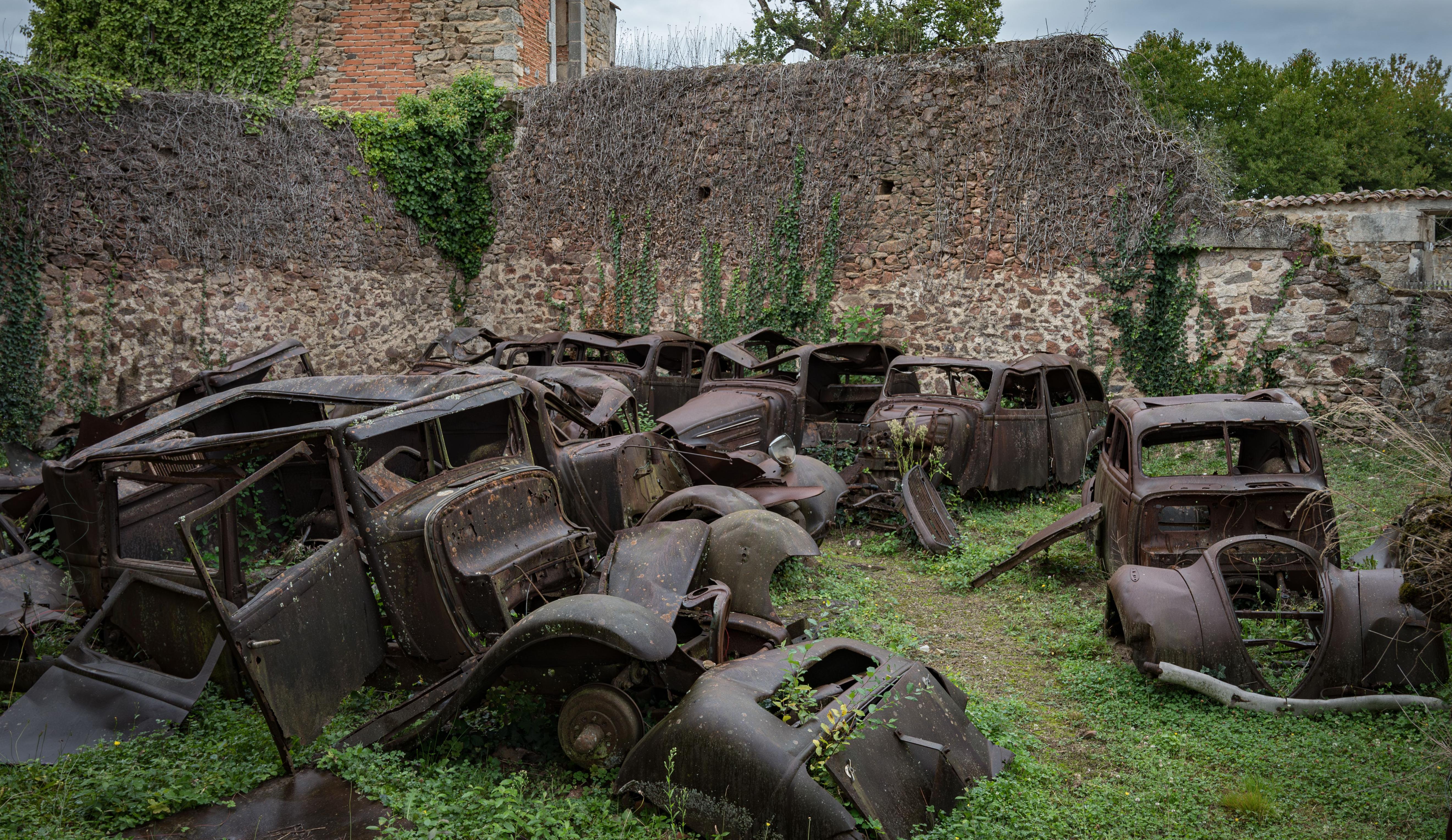
Oradour-sur-Glane, a village in France, was the site of a horrific massacre during World War II. In June 1944, Nazi troops destroyed the village and killed its inhabitants. Today, Oradour-sur-Glane stands as a memorial to the victims, preserved in its ruined state as a reminder of the atrocities of war. This section explores the history of the massacre and the decision to preserve the village as a site of remembrance. Visitors can walk through the silent streets, reflecting on the impact of war and the importance of remembering the past to prevent future tragedies.
11. Pyramiden, Norway: Arctic Isolation
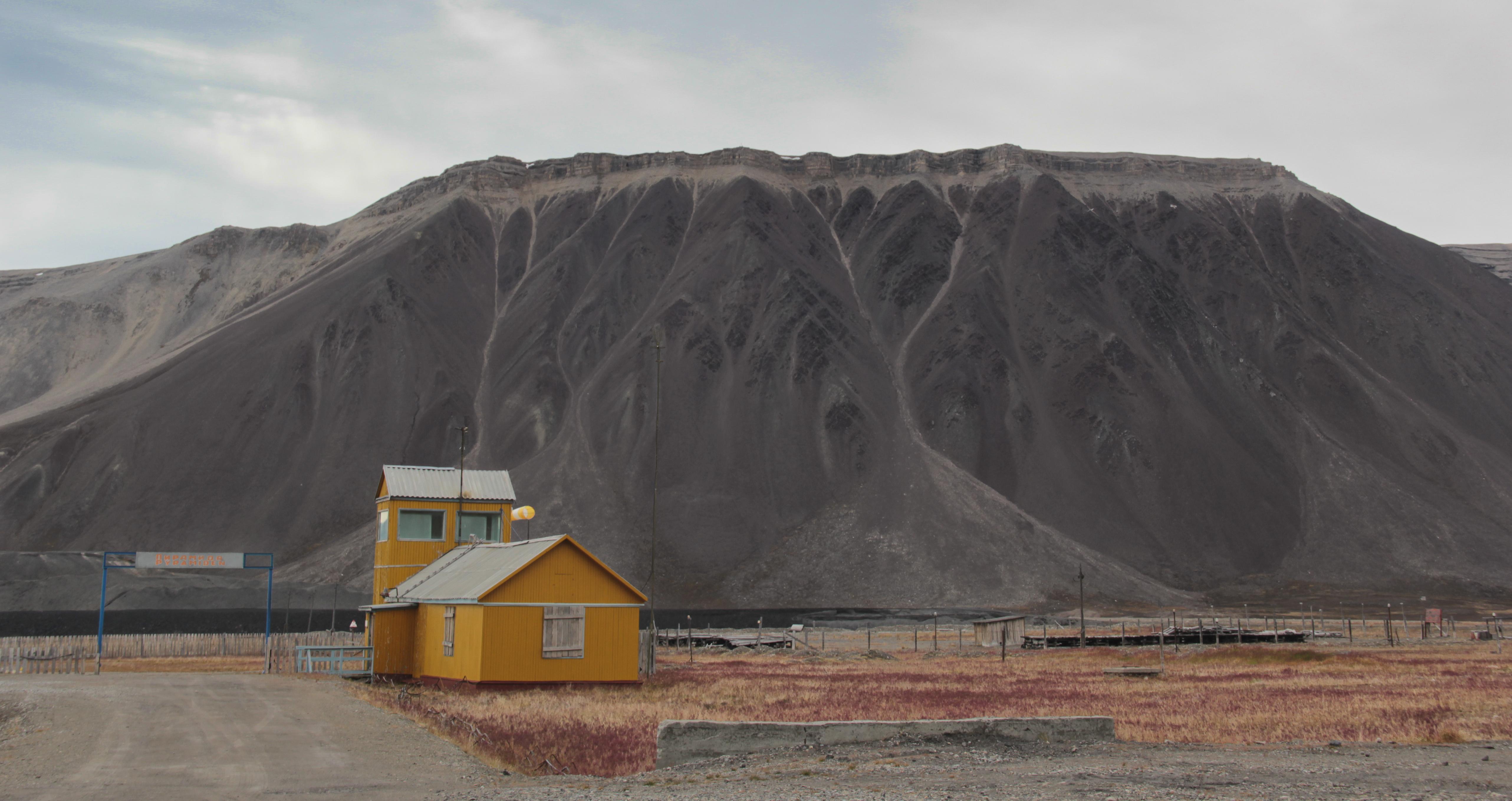
Located on the remote archipelago of Svalbard, Pyramiden was a Soviet mining settlement that was abandoned in the 1990s. Today, it is a popular tourist destination, offering visitors a unique glimpse into life in the Arctic. This section explores the history of Pyramiden, from its founding to its decline, and the efforts to preserve its Soviet-era buildings. Visitors can explore the town's abandoned structures, including a cultural center and a swimming pool, and learn about the challenges of life in the Arctic. Pyramiden offers a fascinating blend of natural beauty and historical intrigue, making it a must-visit for adventurous travelers.
12. Varosha, Cyprus: A City Reclaimed
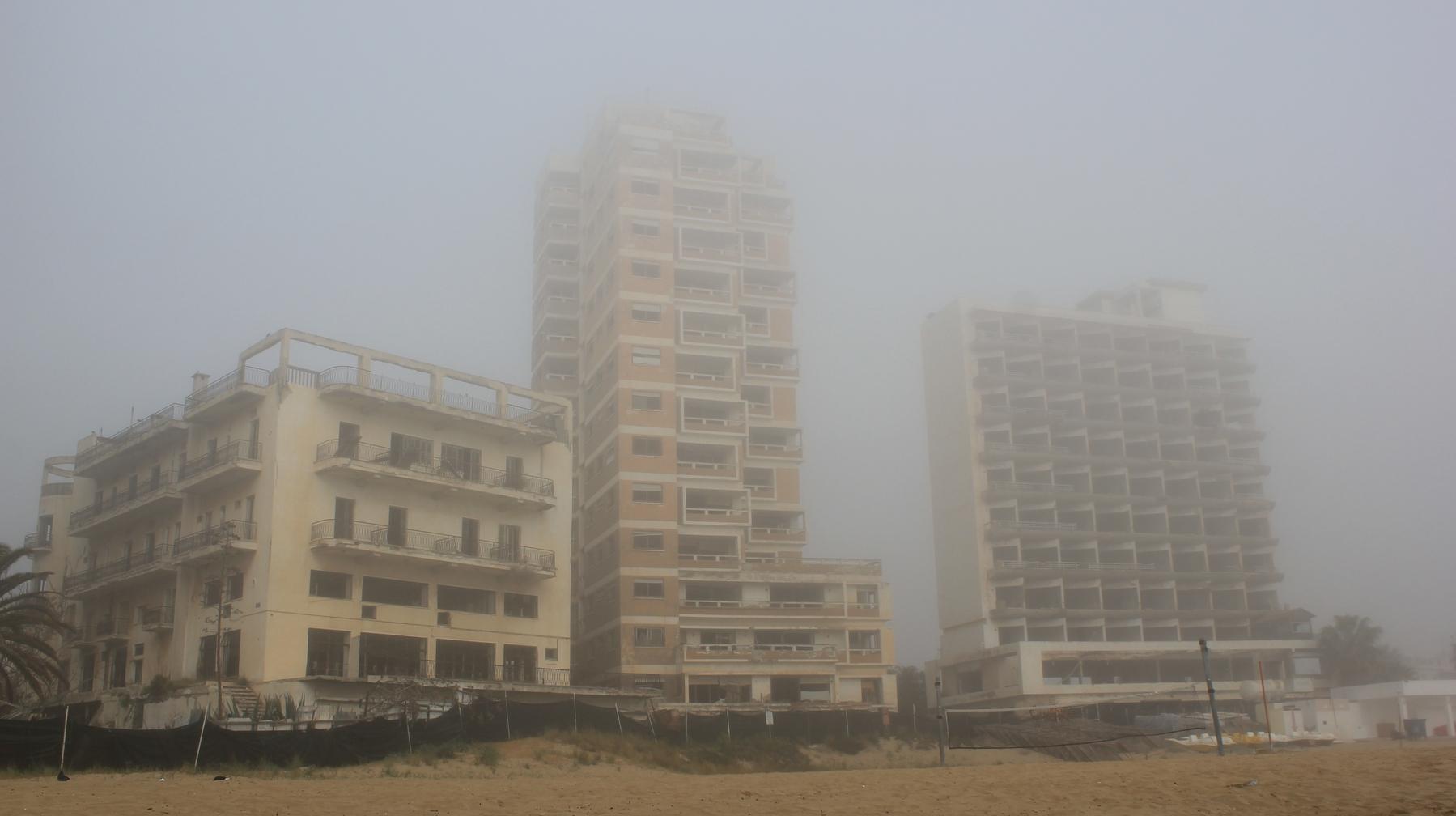
Varosha, a district in the city of Famagusta, Cyprus, was once a thriving tourist destination. However, following the Turkish invasion of Cyprus in 1974, it was abandoned and has remained largely off-limits ever since. Recently, parts of Varosha have been reopened to the public, sparking renewed interest in its history and future. This section explores the complex political and cultural history of Varosha, examining the challenges and opportunities of reopening the area to tourism. Visitors can explore its abandoned hotels and beaches, gaining insight into the region's turbulent past and the potential for reconciliation.
13. Port Arthur, Australia: A Hauntingly Beautiful Penal Settlement
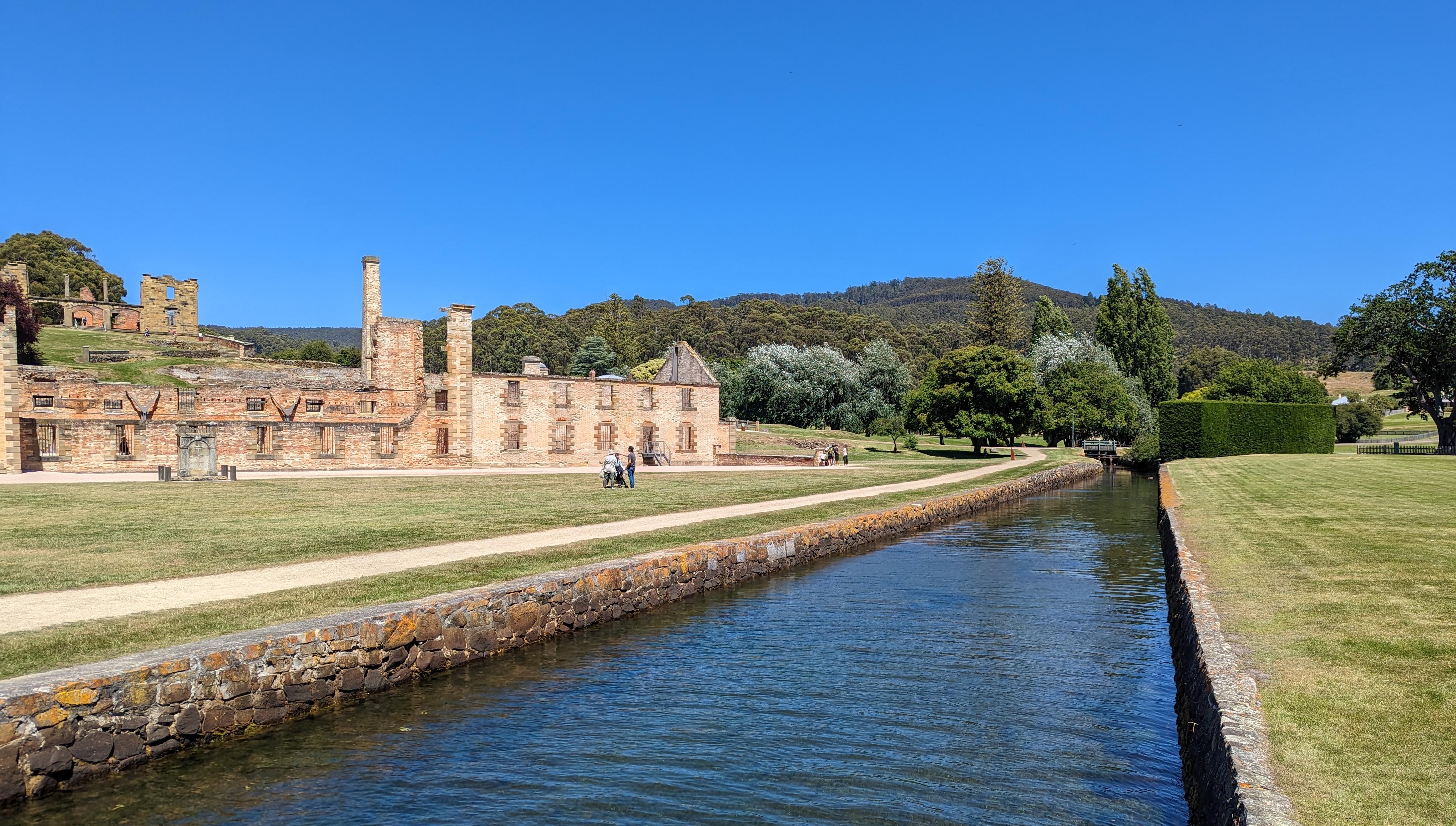
Once a feared penal colony in the 19th century, Port Arthur in Tasmania, Australia has transformed into one of the country's most visited historic sites. This eerie yet stunning destination tells the harrowing tales of convicts who were sent here as punishment during Britain's colonial era. Though abandoned as a prison in the 1870s, Port Arthur’s haunting ruins—surrounded by lush forests and serene waters—now attract history buffs and ghost hunters alike. Guided tours bring visitors through its crumbling penitentiary, eerie chapel, and solitary confinement cells, recounting chilling stories of hardship and escape attempts. At night, the site takes on a supernatural allure, with ghost tours offering a spine-tingling exploration of its tragic past. Beyond its haunting history, Port Arthur is also a UNESCO-listed cultural landmark and a place of reflection on Australia’s penal heritage. Its blend of natural beauty, convict history, and dark tourism makes it a fascinating ghost town that has found new life in the modern era.
14. Jerome, Arizona: From Mining Collapse to Arts Colony
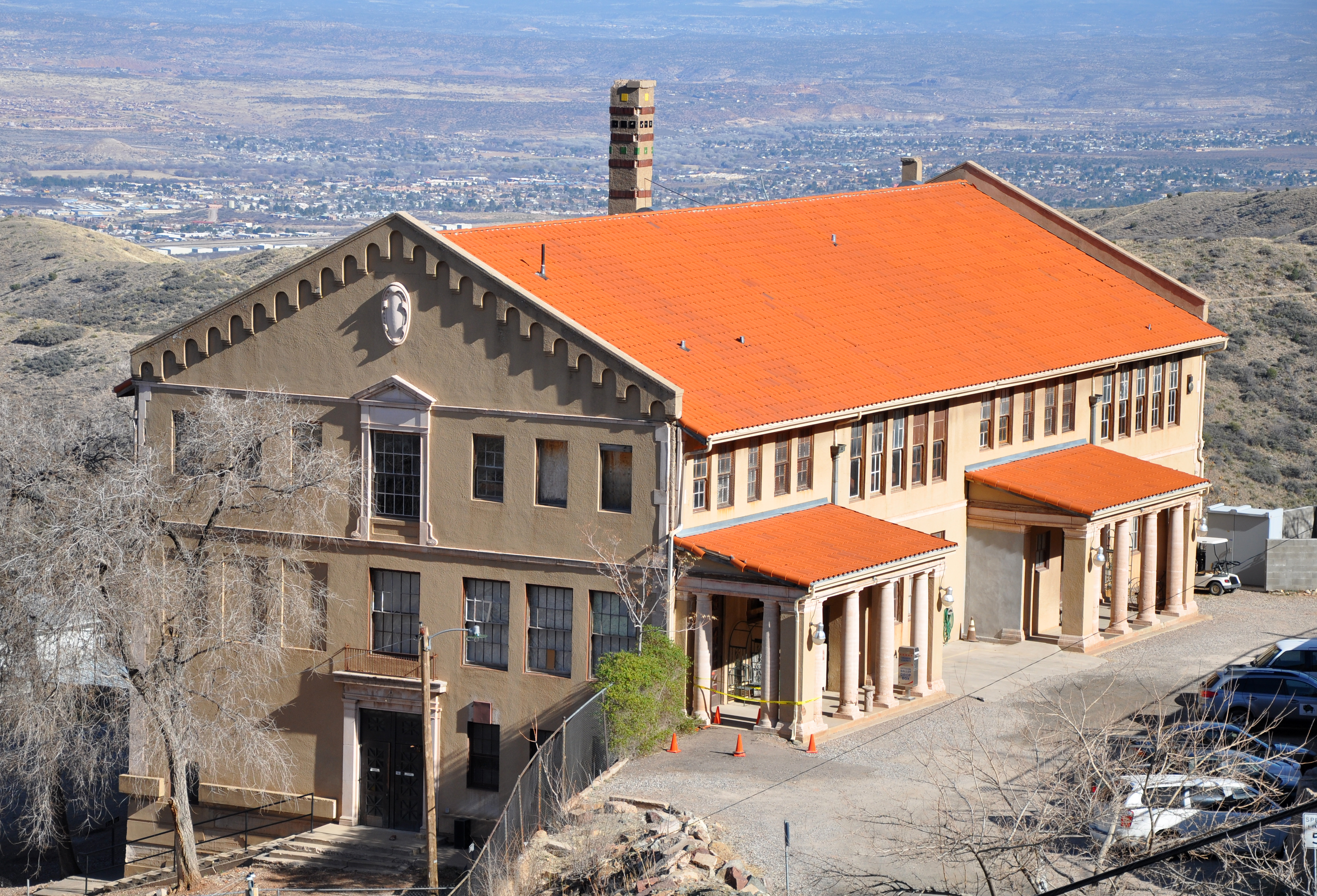
Once dubbed the “Wickedest Town in the West,” Jerome was a booming copper mining town perched high above the Arizona desert. When the mines shut down in the 1950s, Jerome was nearly deserted—its population dropping from thousands to just a few dozen. But artists and free spirits moved in during the 1960s and began transforming the ghost town into a quirky, vibrant enclave. Today, Jerome is a thriving tourist destination with galleries, cafes, wine bars, and haunted hotels tucked into its steep, winding streets. Visitors come for the ghost tours, jaw-dropping views, and offbeat charm—but stay for the creativity and resilient community spirit that breathed life back into this once-forgotten mountain town.
15. Glenrio, Texas/New Mexico: A Route 66 Revival
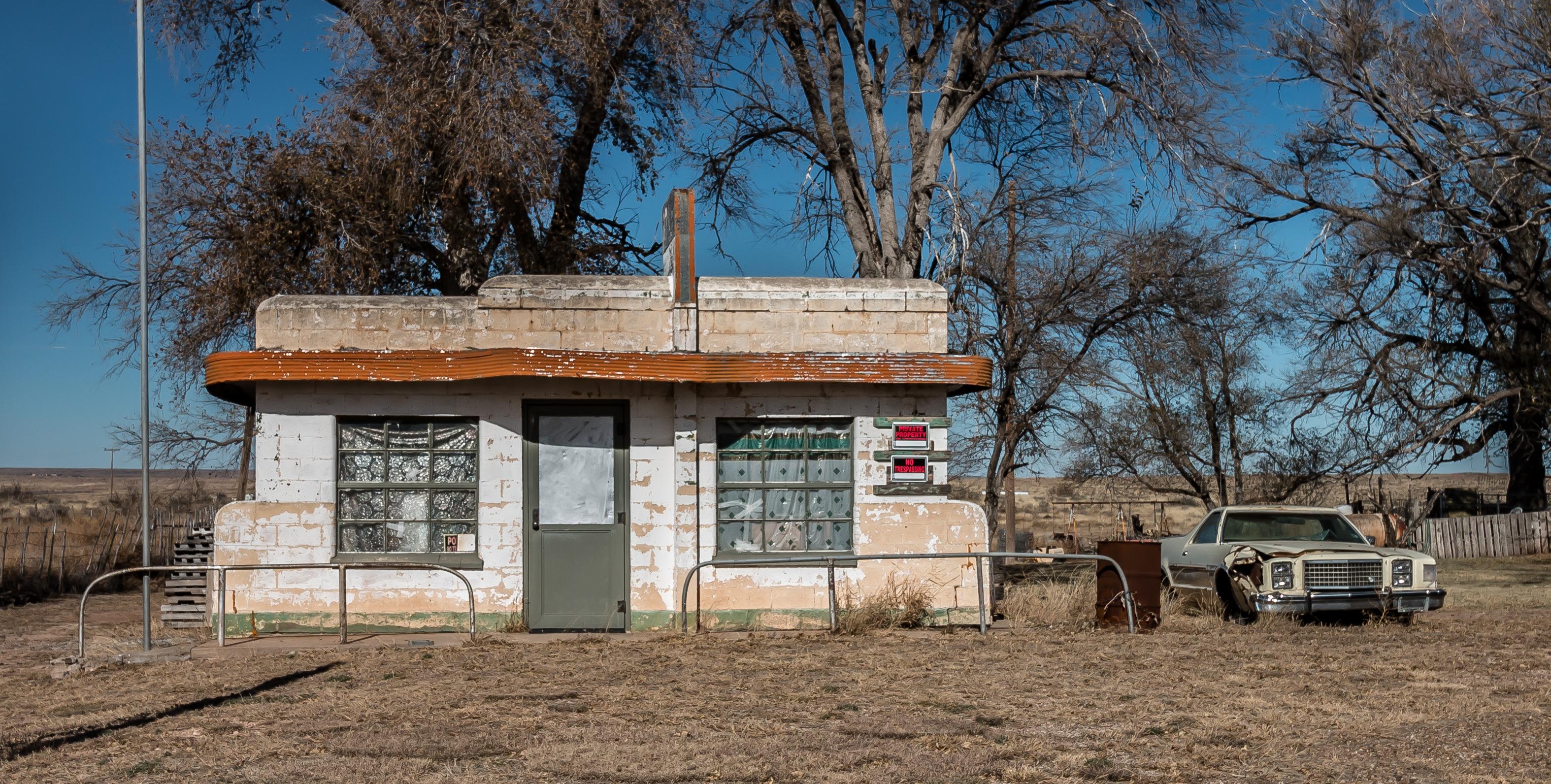
Straddling the Texas–New Mexico border, Glenrio was once a bustling pit stop on historic Route 66, complete with diners, motels, and gas stations. But when I-40 bypassed the town in the 1970s, Glenrio was left to fade into obscurity. Now, thanks to nostalgia for the Mother Road, Glenrio is slowly being revived by preservationists and travelers retracing the iconic route. Some original structures have been restored, and the town is included on Route 66 road trip itineraries. Visitors can explore vintage signage, cracked concrete sidewalks, and atmospheric ruins that speak to mid-century Americana—and a community finding its way back.
16. Foncebadón, Spain: A Pilgrim’s Resurgence
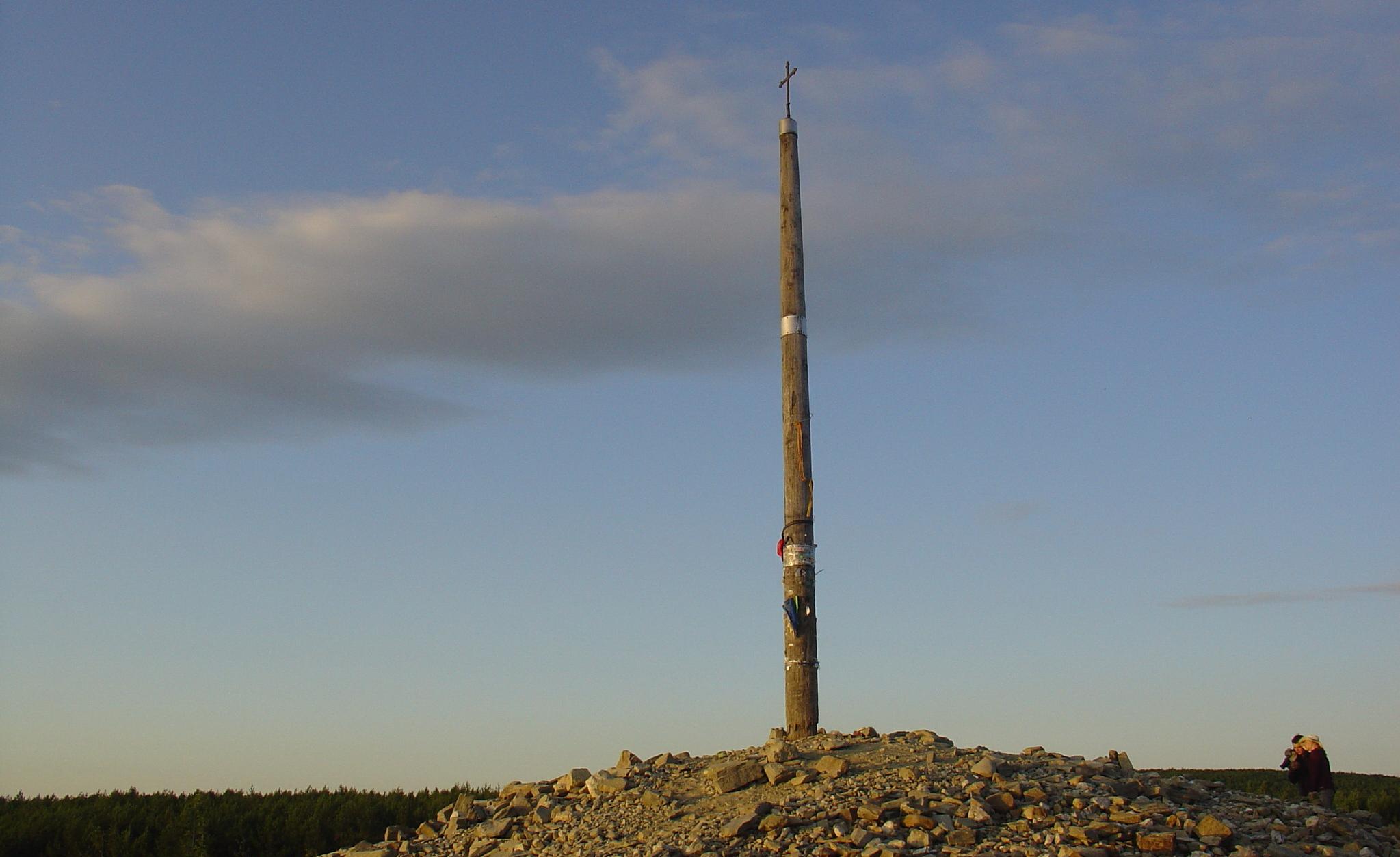
Abandoned for decades, the medieval village of Foncebadón in northern Spain was nearly lost to time—until the Camino de Santiago brought it back. As one of the final stops on the historic pilgrimage route to Santiago de Compostela, the town has seen a resurgence thanks to spiritual travelers. Locals and newcomers alike have restored stone houses and opened charming albergues (hostels), cafes, and small shops. While the population remains small, the village pulses with life during the pilgrimage season, proving how cultural and spiritual heritage can breathe life back into forgotten places.
17. Mogollon, New Mexico: A Mountain Town Resurrected
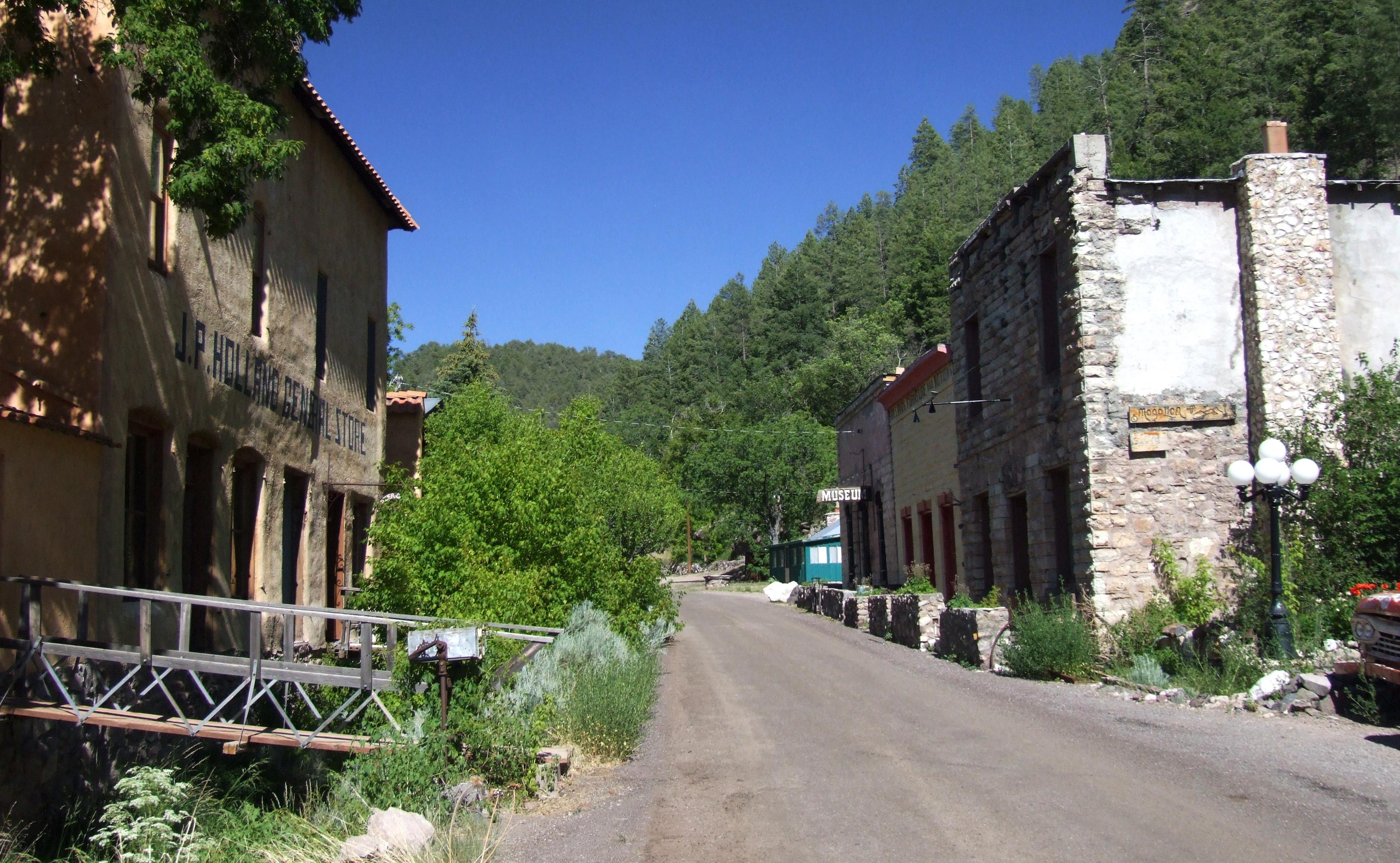
Nestled deep in the Gila Mountains, Mogollon was once a gold and silver mining hub in the late 19th century. After its near-total abandonment in the mid-20th century, Mogollon slowly found new life through preservation efforts and seasonal tourism. Today, this remote ghost town boasts restored buildings, a quirky general store, a small museum, and occasional performances in its historic theater. Open seasonally, it offers a peaceful yet immersive escape for those who crave Wild West history with a creative twist. The scenic drive alone makes it worth the trip.
18. Rhyolite, Nevada: Desert Ruins with a Modern Edge
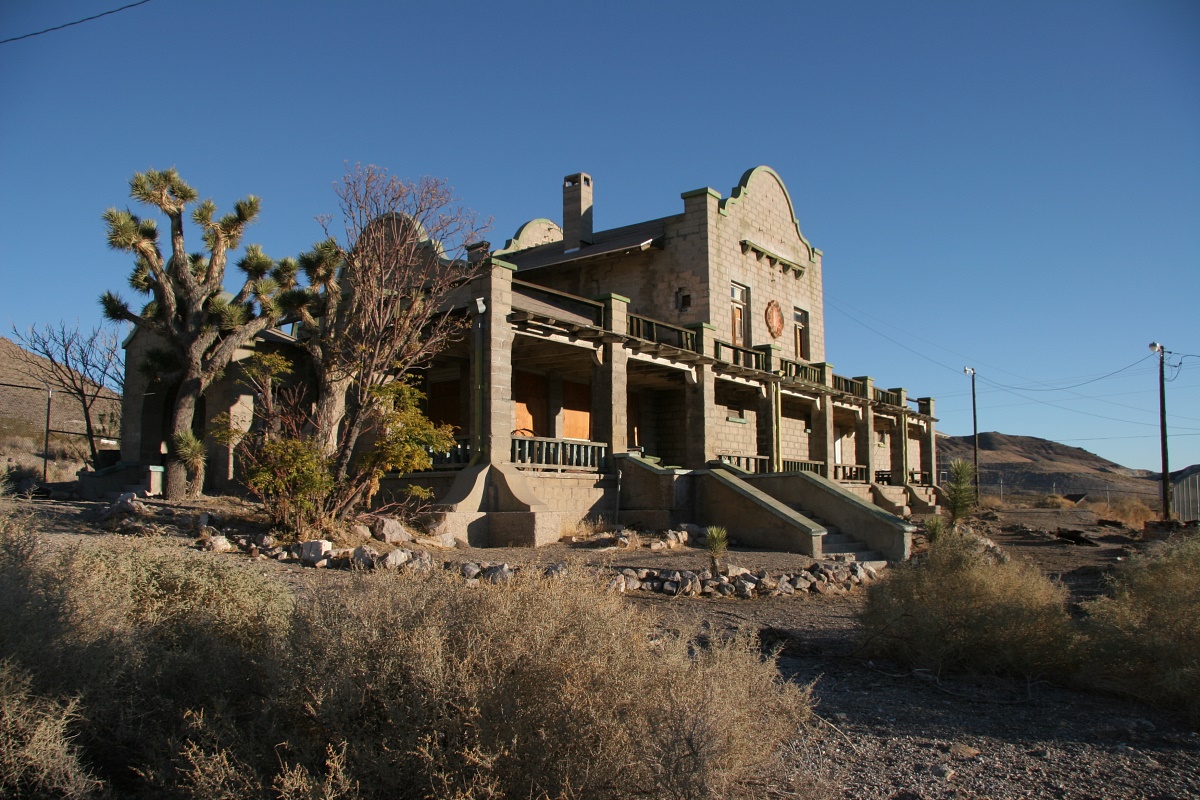
Rhyolite rose and fell with the gold rush of the early 1900s, leaving behind dramatic ruins in Nevada’s unforgiving desert. But in recent decades, Rhyolite has reemerged—not as a functioning town, but as a surreal blend of ghost town and outdoor art exhibit. Adjacent to the crumbling bank and train depot, visitors will find the Goldwell Open Air Museum, home to large-scale sculptures that add a modern, imaginative layer to the historic site. It's a striking mix of past and present that makes Rhyolite a must-see stop on the road to Death Valley.
19. Kuldhara, India: A Desert Mystery Turned Tourist Magnet
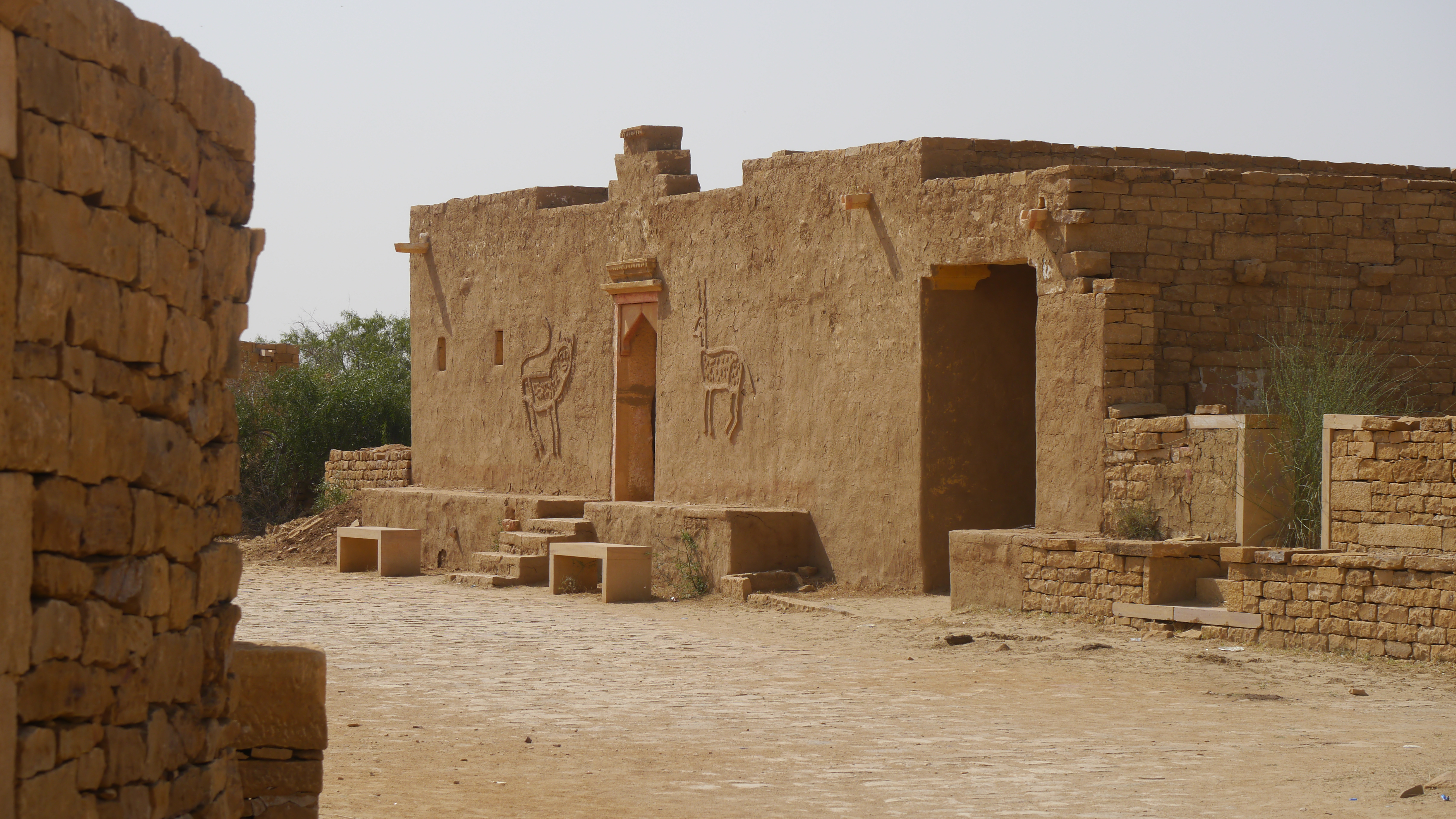
Abandoned overnight in the 19th century under mysterious circumstances, the desert village of Kuldhara near Jaisalmer is steeped in legend. Locals claim the site is cursed, adding to its mystique. But instead of being lost to time, Kuldhara has been partially restored and embraced as a cultural heritage site. Visitors wander through the silent streets, explore restored homes and temples, and imagine the lives that once filled this eerie yet enchanting village. Storytelling tours and conservation efforts have helped transform Kuldhara into a destination where myth meets memory.
20. Kennicott, Alaska: A Glacier-Hugging Mining Town Preserved in Ice
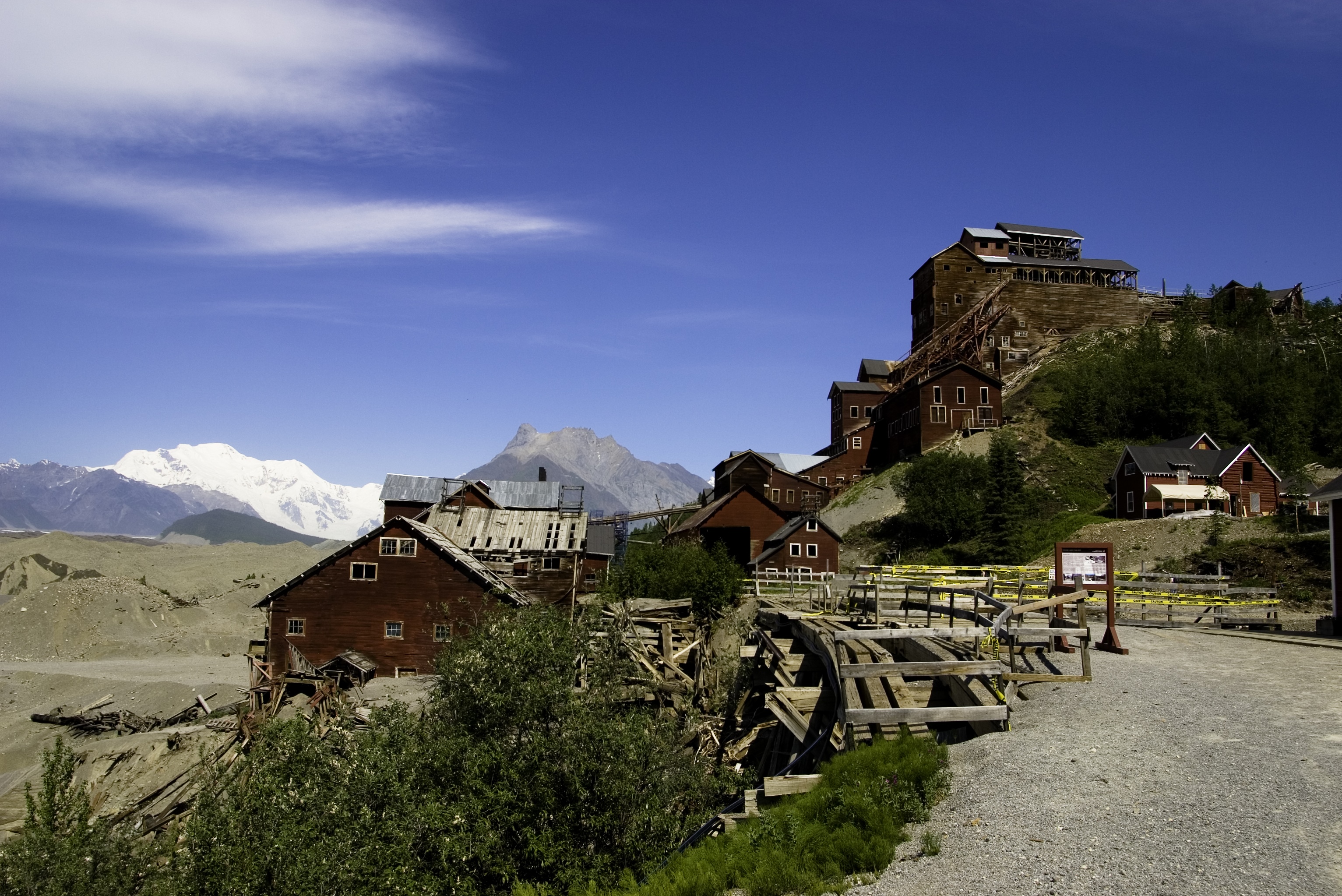
Hidden in the vast wilderness of Wrangell–St. Elias National Park, Kennicott was a thriving copper mining company town in the early 1900s. When the mine shut down in the 1930s, Kennicott became a ghost town—until the National Park Service stepped in to preserve its spectacular structures. Today, the town is a highlight for adventurous travelers, with guided tours through the towering red mill building, rustic homes, and general store—all against a backdrop of glaciers and snowcapped peaks. The hike to nearby Root Glacier adds to the allure, blending outdoor adventure with deep historical immersion.
21. Belchite, Spain: War-Ravaged and Remembered
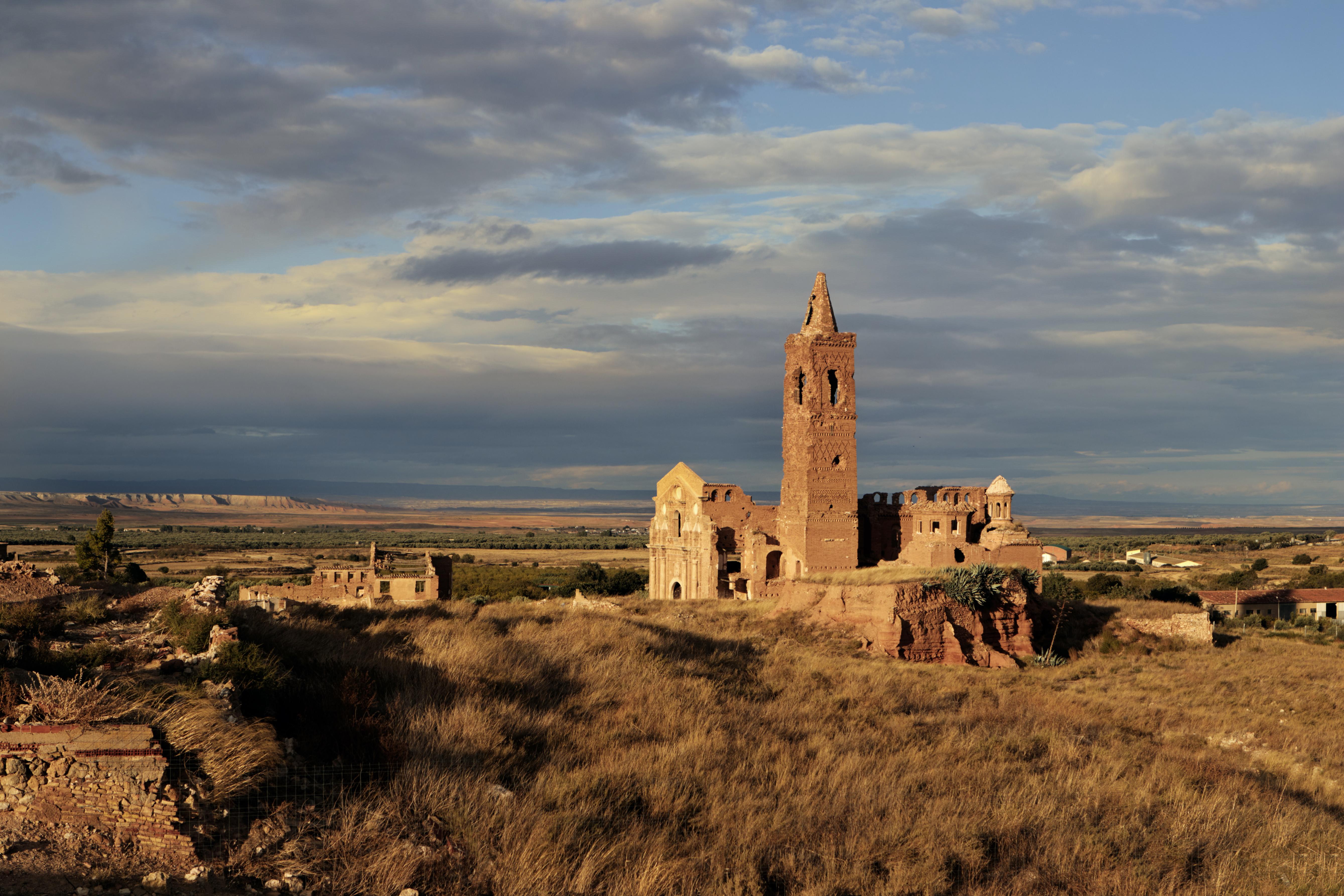
Destroyed during the Spanish Civil War in the 1930s, the town of Old Belchite was never rebuilt. Instead, it was left as a haunting open-air memorial to the devastation of war. But in recent years, it has become a destination for visitors drawn to its raw, apocalyptic beauty. Guided tours take you through the crumbling churches, broken bell towers, and shell-scarred streets, while the new town of Belchite, built nearby, ensures the area's continued life. It's a stark but powerful example of how even places of tragedy can evolve into sites of remembrance and reflection.
22. Ballarat, California: A True Old West Time Capsule
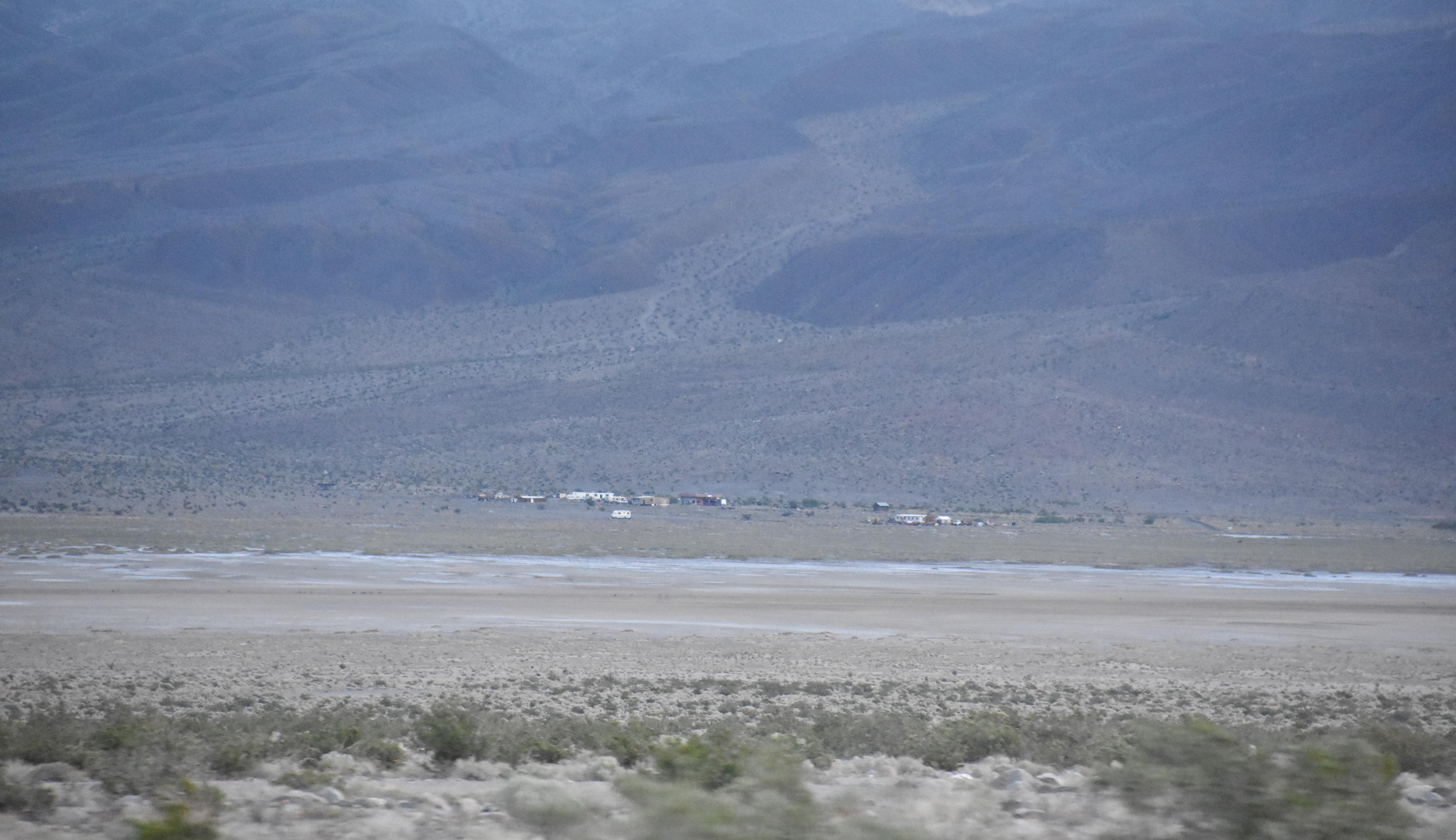
Tucked away near Death Valley, Ballarat was once a raucous mining camp in the late 1800s, complete with saloons and outlaws. By the mid-20th century, it had dwindled to near nothing—until a few modern-day pioneers breathed life back into it. Today, Ballarat is still sparsely populated, but it offers a rugged and authentic ghost town experience. There's a small general store, a scattering of vintage vehicles, and tales of the infamous Charles Manson gang who once passed through. Visitors come for the grit, solitude, and stories etched into the desert wind.
23. Thurmond, West Virginia: Rails, Ruins, and Revival
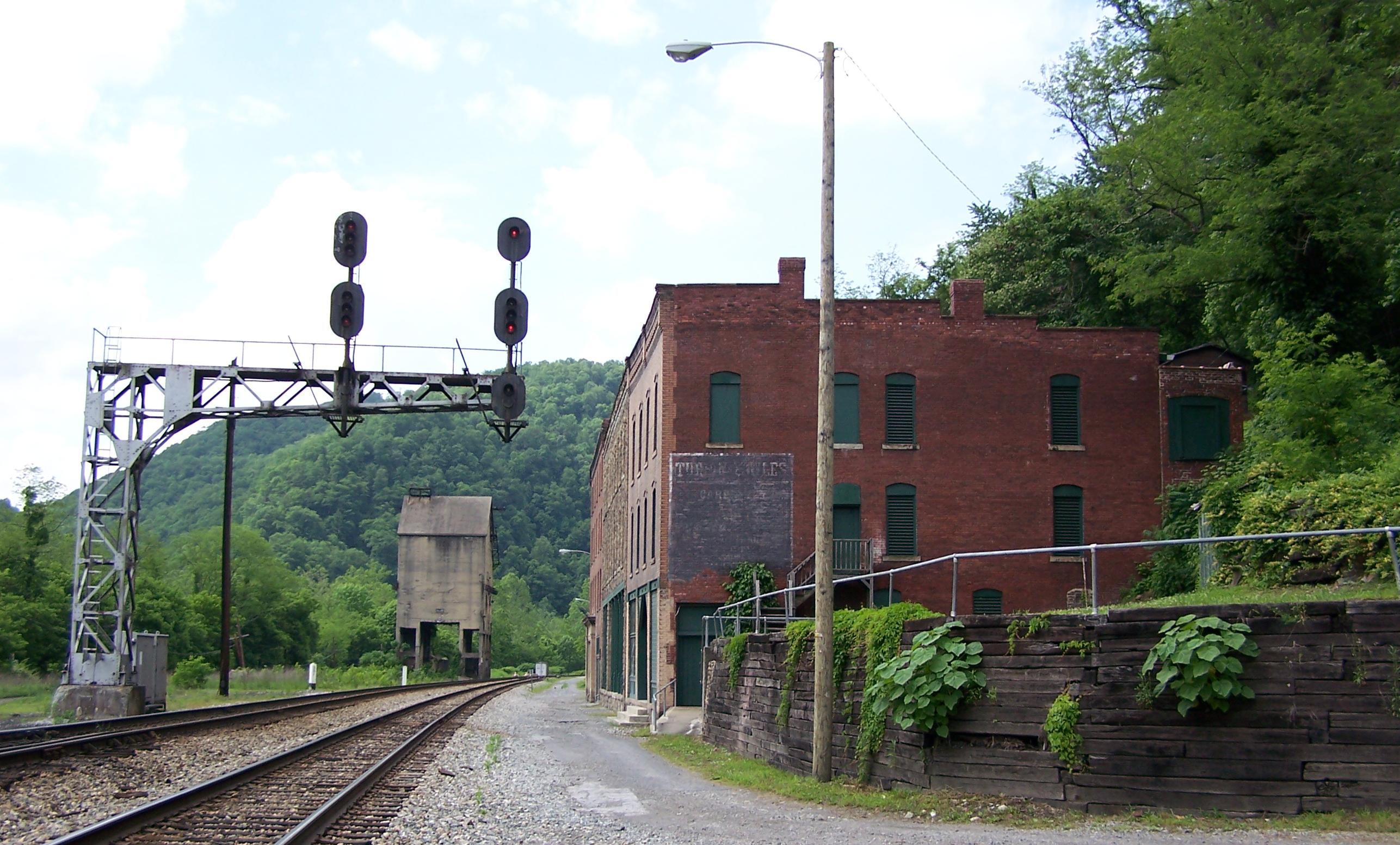
Tucked into the New River Gorge, Thurmond was once a bustling coal and railroad town that rivaled major cities in per-capita wealth. But as coal declined and trains slowed, Thurmond faded into near-oblivion. Today, it’s managed by the National Park Service and welcomes visitors drawn to its historic depot, preserved homes, and rich Appalachian lore. While it’s mostly uninhabited, the town hosts seasonal events and draws train enthusiasts and photographers eager to capture its rustic beauty. As West Virginia’s outdoor tourism grows, so does interest in Thurmond’s quietly compelling past.
The Resilience of History
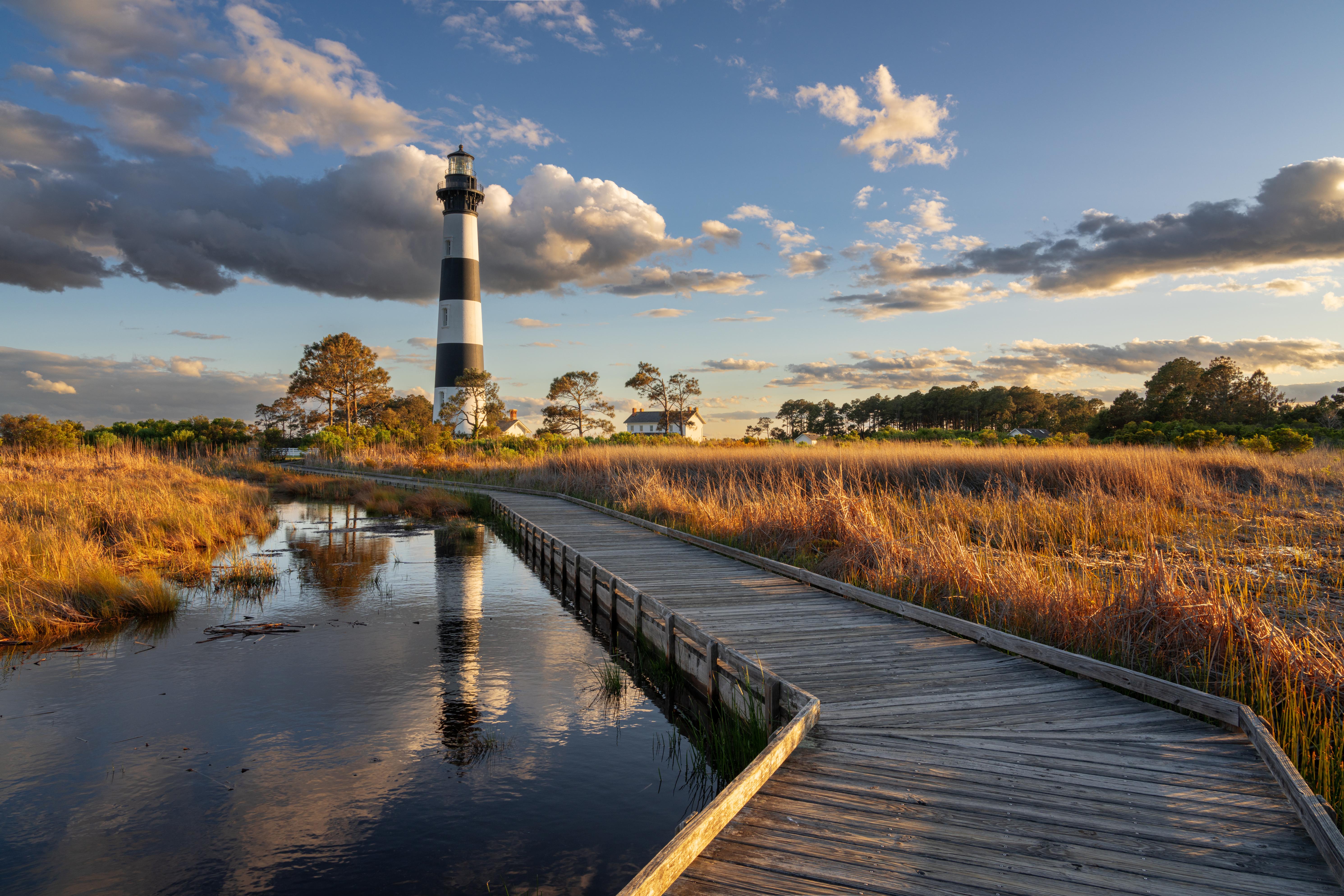
As we conclude our journey through these 23 ghost towns, we are reminded of the resilience of history and the human spirit. Each town tells a unique story of transformation, offering visitors a chance to connect with the past while embracing the present. From the deserts of Namibia to the Arctic tundra, these towns have been reborn as vibrant tourist destinations, drawing visitors from around the world. As we wander through their forgotten echoes, we are invited to reflect on the passage of time, the impermanence of human endeavor, and the enduring allure of the unknown.








